Visiting White Palace
White Palace is an European architecture in the late 19th century and it is located on the slope of Large Mountain. It was used to be as a relaxing place for the governor general of Indochina and the Emperor Bao Dai.
The White Palace was constructed in 1898 on the site of a Nguyen Dynasty fortress that was demolished by the French to make way for a retreat for Governor General Paul Doumer.

The architecture has 3 storey, 19m high (basement, ground floor and the floor). Around three main walls of the building has 8 stone statues busts art style of ancient Roman Hi-Behind and the White Palace is the right price refugee woods (teak trees) many decades old, have spent way for automobiles and home service system. On the left is the original path when building a house with 146 stairs and forests ancient porcelain.
Initially, it belongs to French Governor General Paul Doumer and was used as summer house. Later, some Indochina – French Governors also used this palace so that its name was changed to Villa du Gouverneur.

From its balcony there's a panoramic view of Front Beach and opposite the Villa at the foot of that mountain is Hai Nguu islet with a stone rock shaped like a water buffalo wallowing in water. Next to Hai Nguu at the seaside was the helicopter yard.
White spring flowers fragrance. Although construction undertakings White Palace stay here myself, but Paul Doumer was on the French presidential palace before White completed. During the French colonial period and later, under the Republic of Vietnam, the White Palace was used as a resting place for the lifetime of the Governor General of Indochina, President, Prime Minister and other senior generals. King Thanh Thai, a patriot king, the French were dethroned 9-1907 was under detention before being deported here to Reunion Island (Africa).

Dated 4-8-1992, the White Palace of Culture and Information Ministry recognized as a historic national culture now on display antiques Bach Dinh Ba Ria-Vung Tau and thousands of artifacts recovered on the shipwreck at sea Hon Cau, Con Dao 17th century. White Palace is one of the most famous monuments and attracts more tourists to visit the city of Vung Tau.
See more
-
.jpg)
Hoi An Central Market
Sharpen your bargaining skills and head south east to Hoi An Central Market, one of Vietnam’s best, offering an unmissable shopping experience. Rich in the smell of...
-
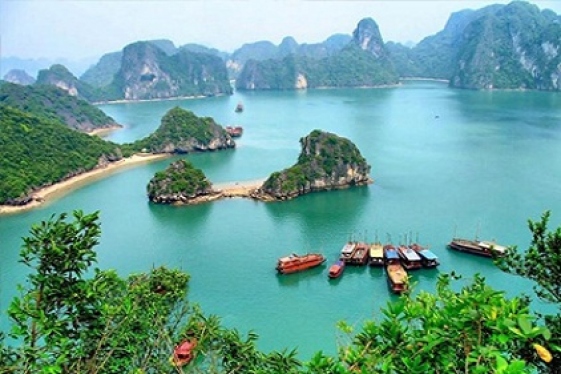
Bo Hon Island
When it comes to beautiful islands in Halong Bay, Bo Hon Island is definitely worth mentioning. The island has not only beautiful landscapes but also has one of the largest...
-

Dau Be Island
Located in the southeast of Ha Long Bay, Dau Be Island is 500 m to the east of Hang Trai Island, 28km from Bai Chay Cruise Port, in an archipelago located in the bay outside...
-
.jpg)
Minh Mang tomb
Minh Mang Tomb is in Huong Tho Commune, Huong Tra District, on the west bank of Perfume River and about 12km south of Hue City center. This place is where 2 tributaries join...
-
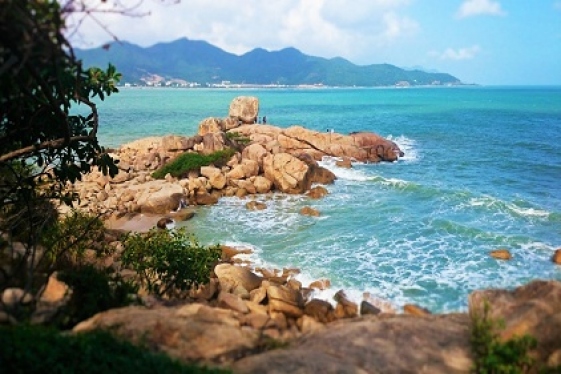
Hon Chong Promontory
Hon Chong Promontory is one of the most famous attractions in Nha Trang with the perfect combiantion between rocky mountain and beautiful beach. Coming to Hon Chong...
-
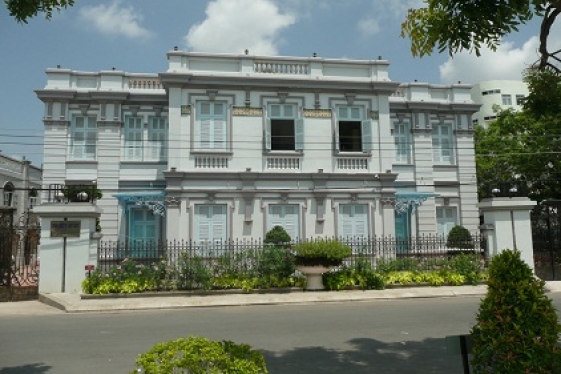
Visiting Prince of Bac Lieu House
If people have a chance to travel to Bac Lieu , they are difficult to ignore an attractive palace, Prince of Bac Lieu House. The house was designed by French engineer and...
-
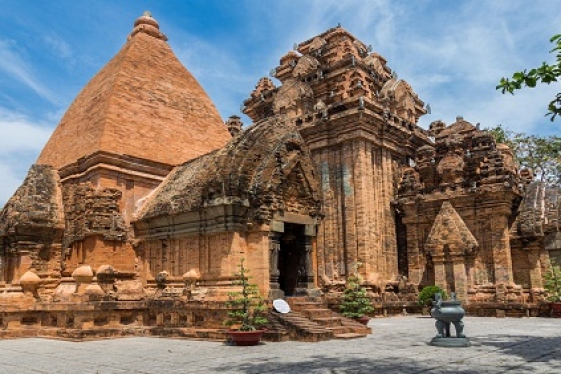
Ponagar Tower
The Po Nagar Towers is one of the many relics of the Champa Kingdom, which was the most significant power in South Vietnam from 200 - 1720 AD. The architectural complex of...
-
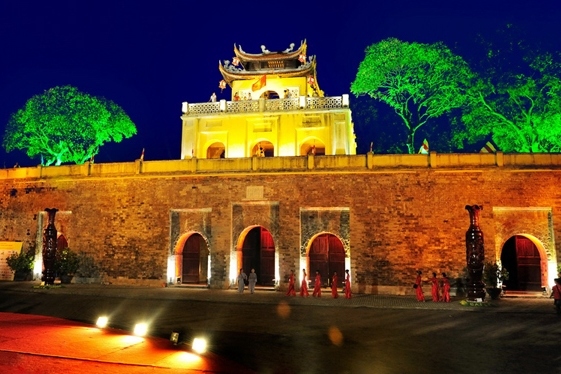
Imperial Citadel of Thang Long
The Imperial Citadel of Thang Long is an outstanding place of interest not only for the Hanoi but also for the country as a whole and was inscribed on the World Heritage List...
-

Fairy Stream
Fairy stream is flowing next to Cang Vang Hill in Mui Ne and its color is very unique. Besides, fairy stream has beautiful scenery that attracts many tourists.
-
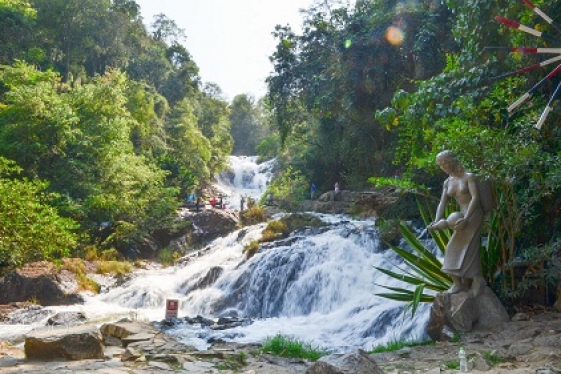
Datanla Waterfall
Datanla waterfall is a well-known for an adventure destination with the largest waterfall in Dalat . Tourists enjoy not only the spectacular landscapes here but also many...
Destinations
Most popular tours
-
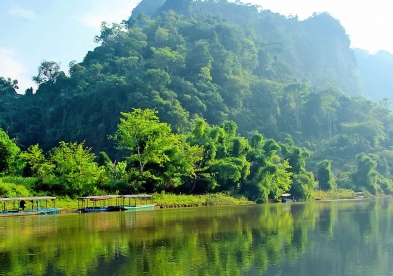
Ba Be Trekking
Price from: 350 US$
-
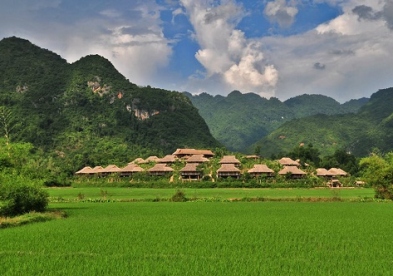
Mai Chau hill tribe day tour
Price from: 33 US$
-
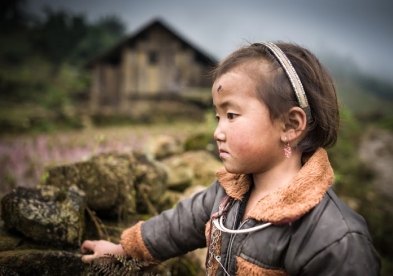
Sapa Adventure
Price from: 355 US$
-
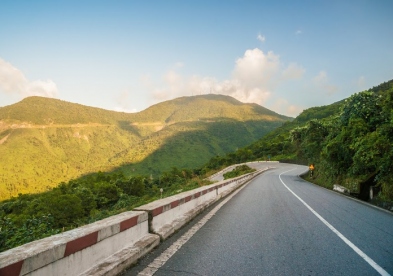
Central Vietnam Gateway
Price from: Contact
Business info
Vietnam Local Guide
- Address: 18th Floor, VTC Online Tower, 18 Tam Trinh Str.,Hai Ba Trung Dist., Hanoi, Vietnam
- Email: info@vietnamguider.com
- Phone: (+84) 0904989890
- Hotline: (+84) 0904989890